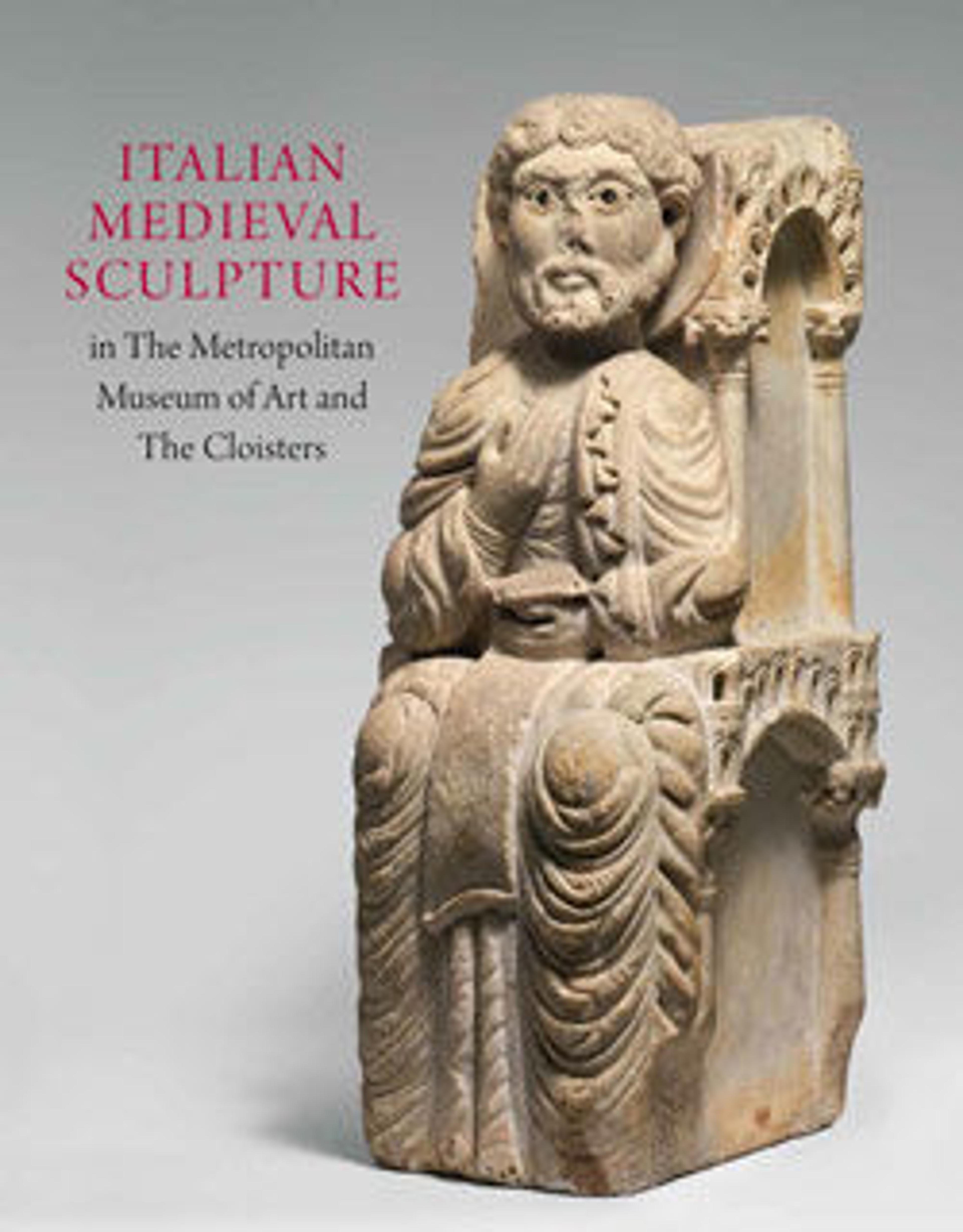Enthroned Virgin and Child
The sculpture is created by pressing linen reinforced with glue into shallow molds and mounting the figure on a wood backing and adding paint and gilding. This work seems to be a unique surviving example of this technique. The Virgin is seated upon a throne displaying lion heads, a reference to the Throne of Solomon.
Significantly, a number of votive offerings are incorporated into the interior of the figure: a pearl rosary and bobbin lace and other fabrics. The figure is said to have come from the convent of Santa Chiara in Vaglia, Tuscany, indicating that it was probably made for a Clarissan convent, a sister order following the Franciscan rule.
Significantly, a number of votive offerings are incorporated into the interior of the figure: a pearl rosary and bobbin lace and other fabrics. The figure is said to have come from the convent of Santa Chiara in Vaglia, Tuscany, indicating that it was probably made for a Clarissan convent, a sister order following the Franciscan rule.
Artwork Details
- Title: Enthroned Virgin and Child
- Date: mid-14th century
- Geography: Made in probably Umbria, Tuscany, Central Italy
- Culture: Italian
- Medium: Wooden core, painted canvas and gesso
- Dimensions: Virgin and Child only: 64 1/4 × 35 × 14 3/4 in., 54 lb. (163.2 × 88.9 × 37.5 cm, 24.5 kg)
- Classification: Sculpture-Wood
- Credit Line: Rogers Fund, 1916
- Object Number: 16.154.10a, b
- Curatorial Department: Medieval Art and The Cloisters
More Artwork
Research Resources
The Met provides unparalleled resources for research and welcomes an international community of students and scholars. The Met's Open Access API is where creators and researchers can connect to the The Met collection. Open Access data and public domain images are available for unrestricted commercial and noncommercial use without permission or fee.
To request images under copyright and other restrictions, please use this Image Request form.
Feedback
We continue to research and examine historical and cultural context for objects in The Met collection. If you have comments or questions about this object record, please contact us using the form below. The Museum looks forward to receiving your comments.
